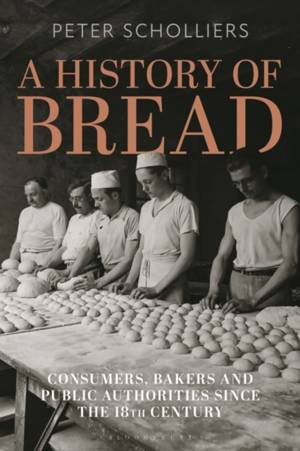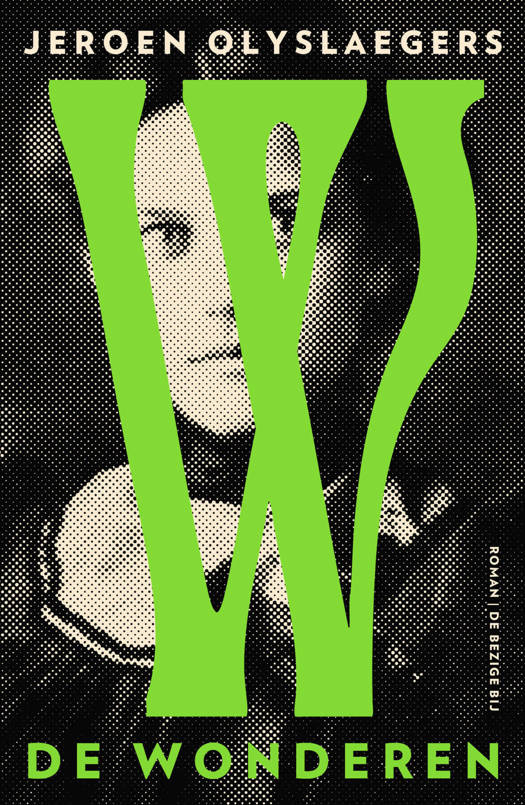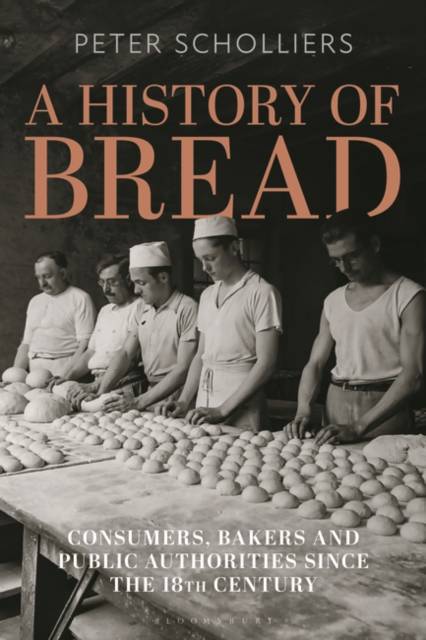
- Afhalen na 1 uur in een winkel met voorraad
- Gratis thuislevering in België vanaf € 30
- Ruim aanbod met 7 miljoen producten
- Afhalen na 1 uur in een winkel met voorraad
- Gratis thuislevering in België vanaf € 30
- Ruim aanbod met 7 miljoen producten
Zoeken
€ 169,95
+ 339 punten
Uitvoering
Omschrijving
For a long time, everything revolved around bread. Providing more than half of people's daily calories, bread was the life-source of Europe for centuries. In the middle of 19th century, a third of household expenditure was spent on bread. Why, then, does it only account for 0.8% of expenditure and just 12% of daily calories today?
In this book, Peter Scholliers delves into the history of bread to map out its defining moments and people. From the price revolution of the 1890s that led to affordable and pure white bread, to the taste revolution of the 1990s that ushered in healthy brown bread, he studies consumers, bakers and governments to explain how and why this food that once powered an entire continent has fallen by the wayside, and what this means for the modern age. From prices and consumption to legislation and technology, Scholliers shows how the history of bread has been shaped by subtle cultural shifts as well as top-down decisions from ruling bodies. From the small home baker to booming factories, he follows changes in agriculture, transport, production and policy since the 19th century to explain why bread, once the centre of everything, is not so today.Specificaties
Betrokkenen
- Auteur(s):
- Uitgeverij:
Inhoud
- Aantal bladzijden:
- 296
- Taal:
- Engels
- Reeks:
Eigenschappen
- Productcode (EAN):
- 9781350361775
- Verschijningsdatum:
- 8/02/2024
- Uitvoering:
- Hardcover
- Formaat:
- Genaaid
- Afmetingen:
- 156 mm x 234 mm
- Gewicht:
- 580 g

Alleen bij Standaard Boekhandel
+ 339 punten op je klantenkaart van Standaard Boekhandel
Beoordelingen
We publiceren alleen reviews die voldoen aan de voorwaarden voor reviews. Bekijk onze voorwaarden voor reviews.








